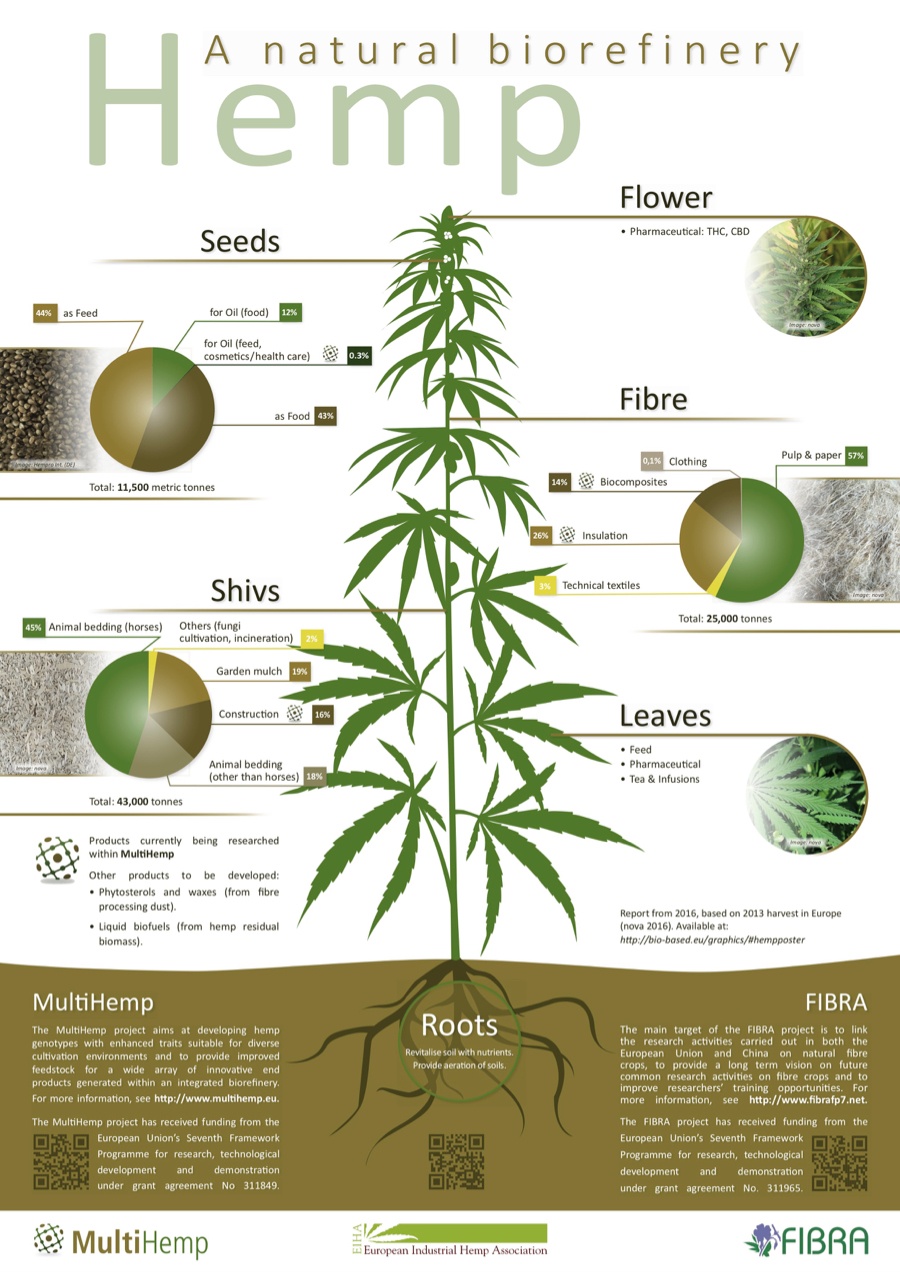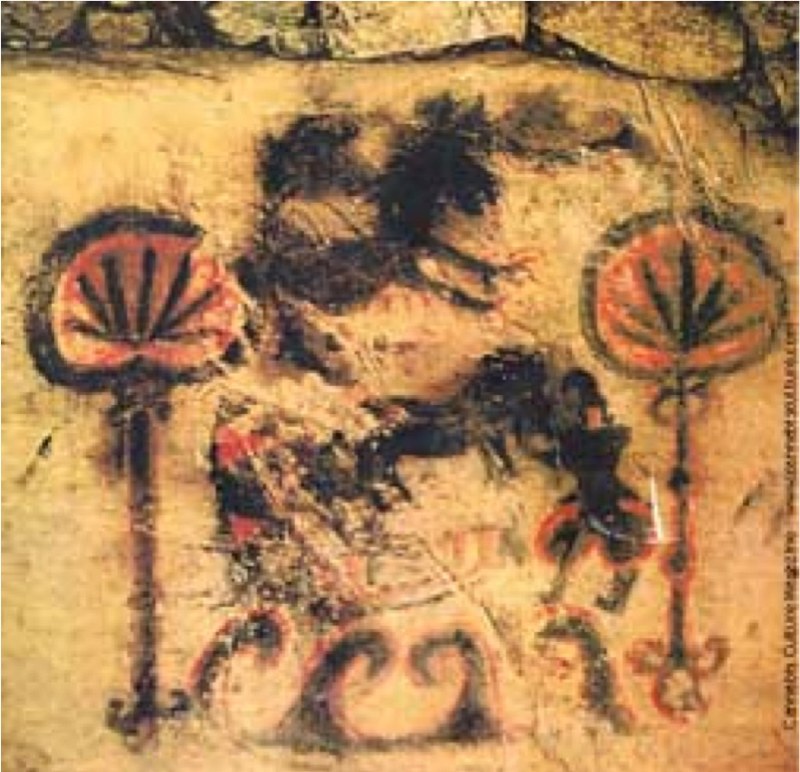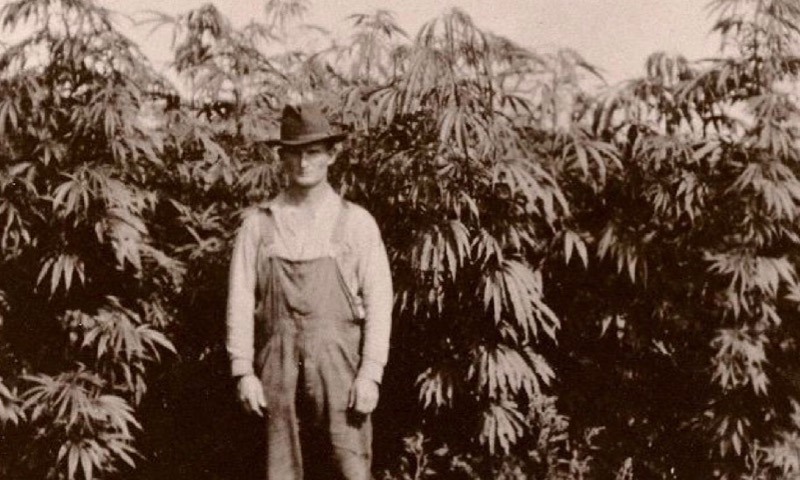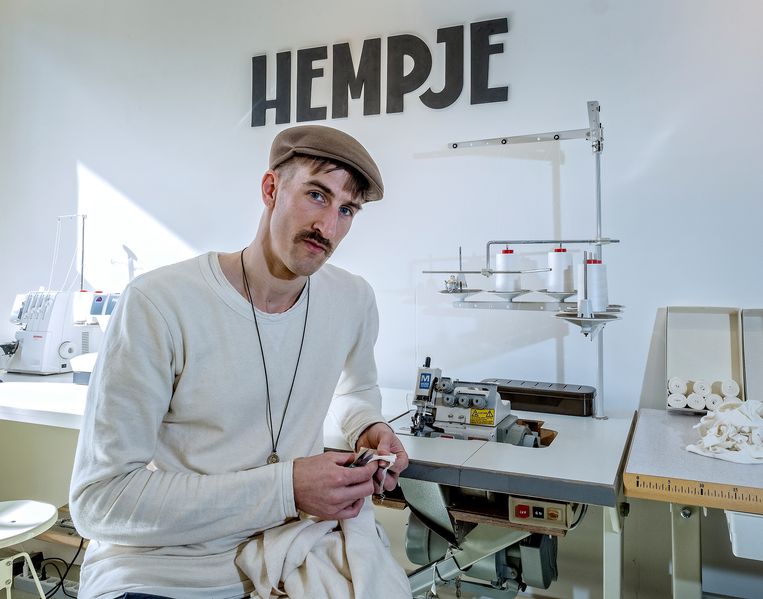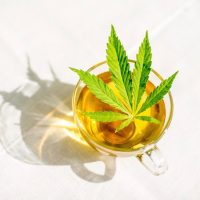The power of hemp
We want to share our heavenly, healthy hemp tea with the world. But our mission is bigger than that: to make everyone rediscover the power of hemp!
Dutch Harvest founder Esther Molenwijk used to work in the field of sustainability. In her search for sustainable, local resources to she came across the hemp plant as an excellent alternative for many non-sustainable resources. Hemp could provide for building materials, textiles and its seeds are an excellent source of plant-based protein. Esther got fascinated by the plant and she did research around Europe with one single question: how can we get this sustainable power plant back in business?
At a hemp harvest, she found out that the leaves and flowers of the hemp plant were not being used. When she dried them, they turned out to make a lovely, mild tea. Also, she found out that the flowers of fiber hemp contain the healthy compound CBD. Being a tea enthousiast herself, the idea was born quickly: to introduce hemp tea as a tasty way to rediscover the power of hemp.
On our packaging and in all our communication, we tell the story of this beautiful plant. Hereby, we spread our hemp mission with every pack of tea!


